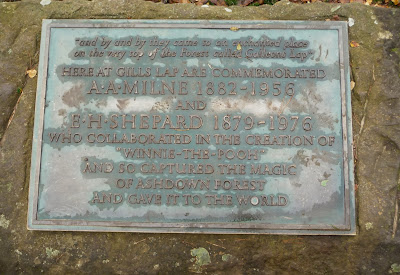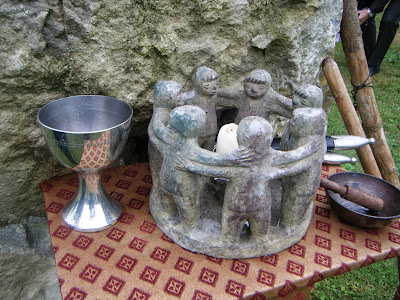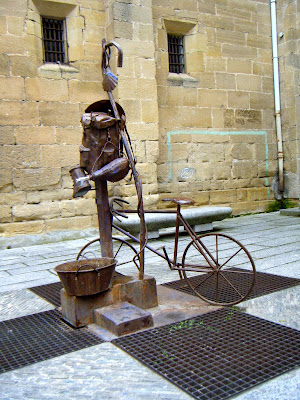Unlike 1987 however, this time we had plenty of warning so were able to take some suitable precautions. Likewise the Police, Fire Brigade and Council's Emergency Planning Departments had emergency crews on standby to clear away felled trees and other debris. From what I saw personally in my area, they did a fantastic job and deserve a well earned pat on the back.
Yesterday the weather throughout the day was wet and blustery with gusting winds, however by evening time it all became quiet; literally the calm before the storm. During the night St Jude made landfall in Cornwall and Wales and began to track Eastwards through the Midlands and East Anglia. We in the South of England were in the South West quadrant of the depression where the winds are always strongest.
As the hurricane force winds passed over my house they emitted a haunting low frequency moaning howl that was constantly being interrupted by a sound like a freight train rushing down the tracks. The noise was so loud that it kept waking me and I had to bury my head in the pillow in order to drown it out and get some sleep. Little dog didn't appear to have much trouble sleeping though, she was creating her own perfect storm under our bed with her snoring.
After dawn broke I went out side expecting to see a scene of devastation. Thankfully I was relieved to find that the worst of the storm had passed and the only damage that we had suffered were two smashed fence panels. Local radio news bulletins told of several roads blocked by fallen trees but these were quickly cleared by the emergency crews and life quickly returned to normal.
We got off extremely lightly, because driven by the jet stream, St Jude apparently picked up speed as it crossed the country, passing over us much more quickly than anticipated. At its height, some gusts were recorded at ninety nine mph on the Isle of Wight, but inland they were closer to sixty mph. The storm gradually lost most of its strength throughout the morning, although we still had some gusting winds and showers, by this afternoon however, the sun was shining brightly again.
This evening as I was preparing to leave work the sky took on a sickly colour and there were some ominous looking clouds forming over the coast. Thankfully so far everything is still and calm. Little dog is dozing next to me on the sofa and after posting this blog I'm thinking of joining her.
















































